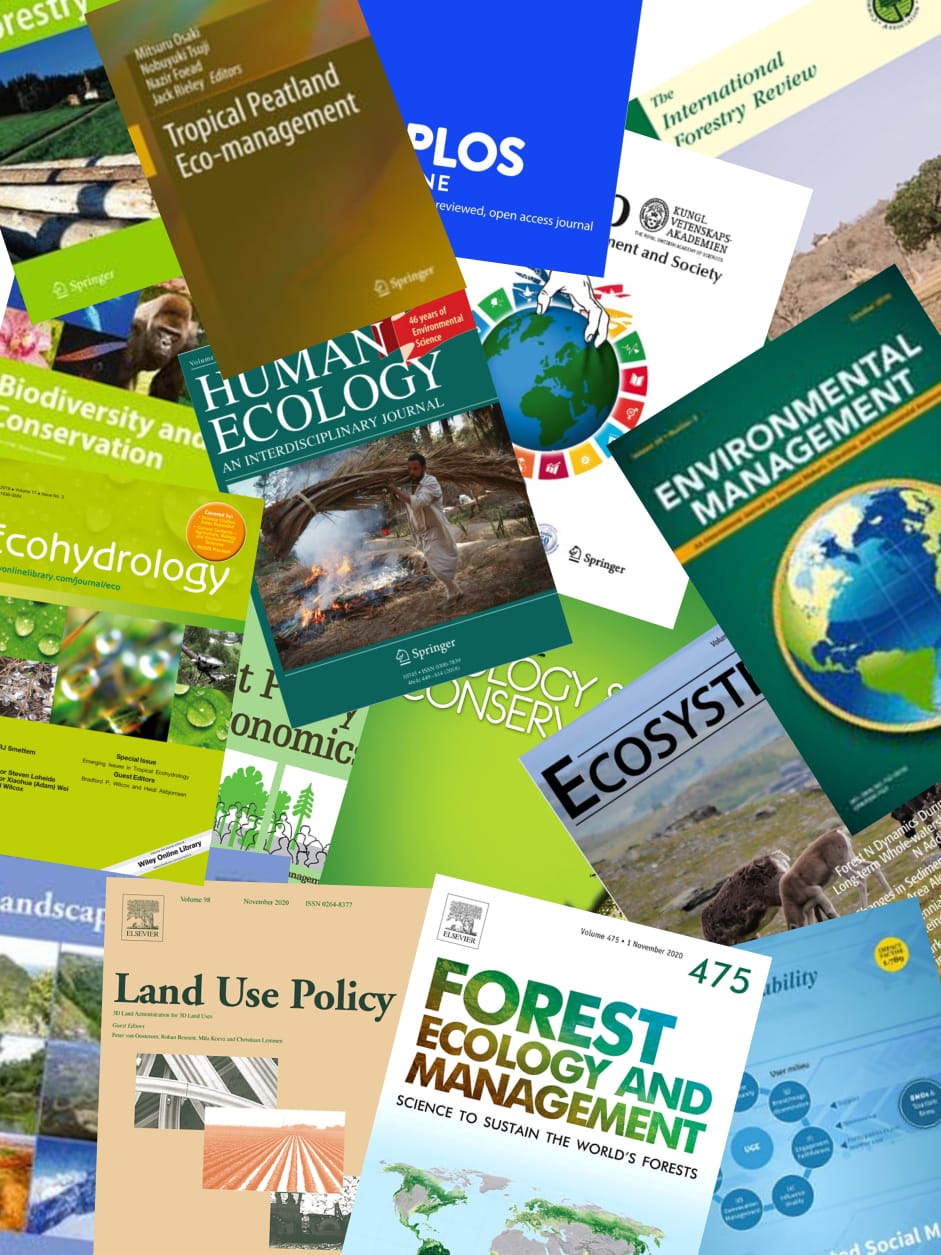Asian rice occurs in two wild types with differing ecologies that would have necessitated rather different systems of exploitation among early hunter-gatherers and cultivators. The monsoon-adapted ancestors of indica-like rice were readily gathered, whether unmanaged or managed through simple burning regimes, and as such might be expected to have long been gathered or cultivated without domestication. By contrast the perennial wetland rice that was ancestral to japonica necessitated more intensive forms of management, especially in terms of water regimes, for its productivity to be increased. This encouraged water-management systems that increased in complexity and labour requirements over time and can be linked to the evolution of domestication traits in Yangzte rice between 6000 and 4000 bc. The spread of rice from its Yangzte core seems to have occurred after the development of paddy-field cultivation systems. Meanwhile in India the spread of rice out of the Ganges towards South India, mainly after 1000 bc, may also have occurred only after more intensive irrigated systems of cultivation had developed. These are inferred from the archaeological weed flora of north India to have developed during the Chalcolithic to Iron Age (after 1400 bc). We suggest that the spread of rice, which has played an important role in models of Neolithic population dispersal in Southeast Asia, may have been triggered by the development of more intensive management systems and thus have required certain social changes towards hierarchical societies rather than just rice cultivation per se.
View source

